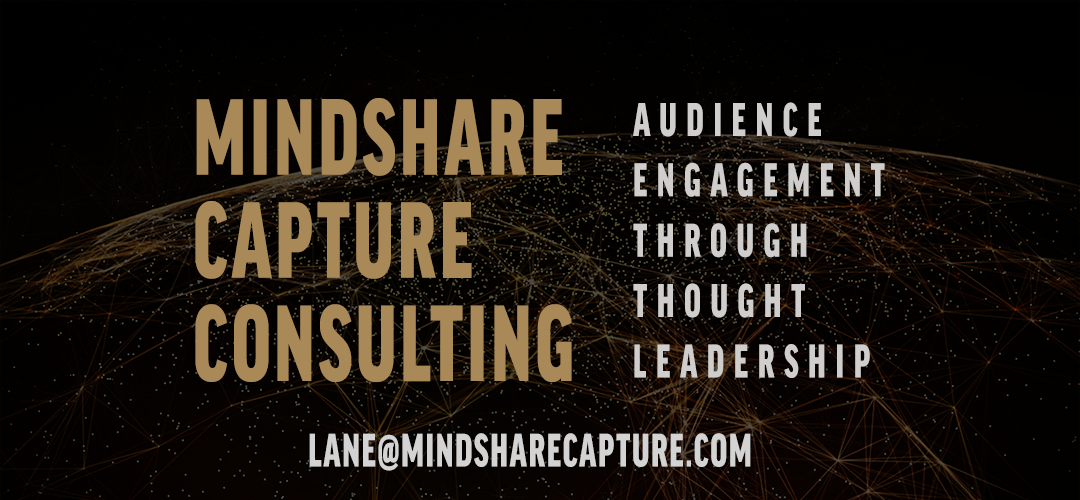Gartner Says 100 Million Consumers Will Shop in Augmented Reality Online and In-Store by 2020
Augmented reality (AR) and virtual reality (VR) have the potential to shake up the customer experience in such a profound matter that 100 million consumers will shop in AR online and in-store by 2020, Gartner forecasts.
The game changing factor in AR is the unprecedented ability for retailers to individualize their offers, giving customers the ability to visualize products in different settings, says Hannah Karki, principal research analyst at Gartner.
“Retailers are under increasing pressure to explain the purpose of physical stores and take control of the fulfillment and return process for cross-channel execution,” she explained. “At the same time, consumers are progressively defining the value provided by the experiences they receive from retailers. As a result of these pressures, retailers are turning to AR and VR to offer customers a unified retail experience inside and outside retail stores.”
Those expectations are is in line with a 2018 Gartner survey that revealed 46 percent of retailers planned to deploy either AR or VR solutions by 2020 to meet customer service experience requirements. Additionally, the technologies behind these solutions have moved 15 to 30 percent further along the Gartner Hype Cycle over the past 12 months.
“The impact of AR or VR in retail can be transformative,” says Karki. “Retailers can use AR as an extension of the brand experience to engage customers in immersive environments and drive revenue. For example, IKEA’s Place app enables customers to virtually ‘place’ IKEA products in their space. Additionally, AR can be used outside the store after a sale to increase customer satisfaction and improve loyalty.”
With VR’s immersive interfaces, retailers can create task efficiencies or reduce the costs associated with designing new products. They can also enhance the understanding of information through advanced graphical visualization and simulation technologies. Pilots and implementation examples include Alibaba’s full VR shopping experience, virtual reality tours by Tesco, Adidas’ VR video to promote its outdoor clothing collection, and eBay Australia’s partnerships with Myer to create personalized stores.
(For more information visit https://www.gartner.com).


